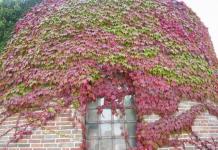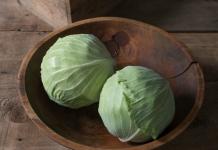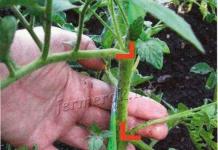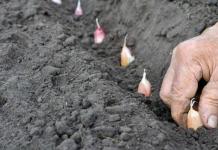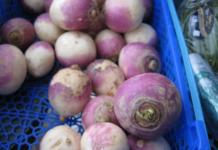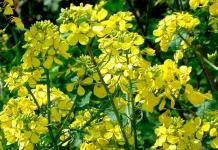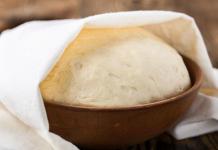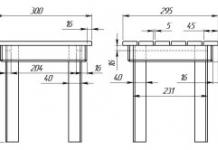White cabbage is an incredibly healthy vegetable with a rich vitamin and mineral composition. This explains its popularity among gardeners. Cultivation rules are not difficult, but the basis of the guarantee of the harvest depends on the choice of variety.
In the old days, there was indeed a shortage of seed material due to limited supplies from near and far abroad, so seeds were often harvested from familiar varieties.
For more than 20 years, the situation has changed radically, and the varietal assortment of many gardeners continues to consist of 2-3 positions. And in vain, because new developments have no less valuable qualities, which are resistance of cabbage to diseases and pests.
This article discusses early-ripening, mid-ripening and late-ripening varieties of a popular vegetable with a description that will expand the variety of crops grown in your garden and in the Urals and in the middle lane.
Most Popular
The cabbage variety is selected not only taking into account the winter and climatic features of the region, but also by appointment. The mineral and vitamin composition of each plant is different, but it is also influenced by the conditions of agricultural technology and the type of soil.
In order to make it easier to choose the appropriate option, the varietal assortment is divided into groups, united by a common feature.
The best late varieties of cabbage for long-term storage
- a mid-late hybrid developed by breeders from Holland. Differs in minimal care and resistance to fusarium, thrips damage.
Vegetation lasts up to 120 days, you can sow seeds directly on an open bed. A mature vegetable weighs 3-5 kg. Shelf life and processing up to 5 months.
- late cabbage with a ripening period 120-147 days. The heads are rounded flat, green in color, sometimes with a bluish tinge, weight is about 3-4 kg.
When planting, a scheme is used: 3-4 plants per 1 m2. For six months, the nutritional value and presentation are preserved. Weather disasters and violation of the watering regime do not violate the density of the structure and the integrity of the head.

- growing season 155-180 days after transferring seedlings to open beds. Heads of gray-green color have a small waxy coating, the weight tightens up to 4 kg.
Cabbage retains its taste and presentation until the beginning of the next season (June). The hybrid is tolerant to fusarium, gray rot. The head of cabbage does not crack due to violations of the humidity regime.
When planting, a scheme is used: 2-4 plants per 1 m2.
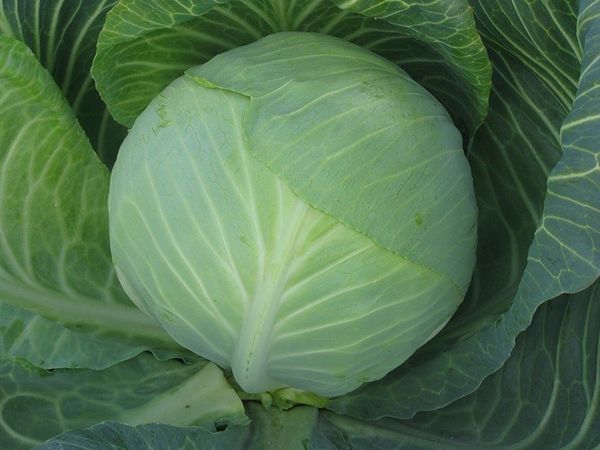
- the hybrid forms heads later 115-125 days after planting seedlings. Round fruits have a dense structure, the average weight is 2-3 kg. Planting scheme: 3-4 plants per 1 m2.
Due to good immunity, it shows tolerance to punctate necrosis and thrips. For 8-10 months, cabbage retains its nutritional value and presentation.

- very dense heads are not subject to cracking, the average weight is 3 kg. The variety has a good taste, transportability and long shelf life (more than 7 months).
The main advantage is resistance to the accumulation of nitrates and radionuclides. Vegetables are harvested through 160-175 days after transplanting seedlings.
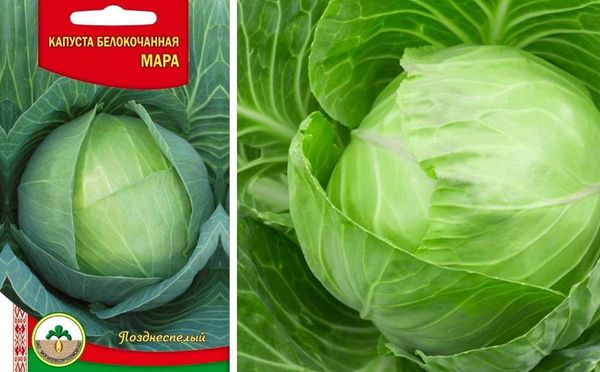
- a variety developed by domestic breeders who took into account climatic features and possible pest problems when growing.
Harvest starts later 130-140 days after transplanting seedlings. Gray-green rounded heads of cabbage weigh an average of 4-7 kg. When planting, a scheme is used: 2-3 plants per 1 m2.
Cabbage is resistant to cracking, has a tender juicy pulp. Without loss of taste and presentation, the vegetable is stored for 6-8 months.

Mid-ripening white head
- the hybrid matures after 102 days after planting seedlings. A great need for moisture and fertilizer strengthens the immune system, which resists many diseases and insect infestations.
The rounded flattened head of gray-green color weighs up to 15 kg. The location of the holes during planting: 3 plants per 1 m2. The duration of storage without loss of nutritional qualities and a presentable appearance is 4-6 months.
- a disease-resistant high-yielding variety, distinguished by simple agricultural technology. About 500 q are harvested per hectare (head weight up to 3 kg). When planting, a scheme is used: 3-4 plants per 1 m2.
Harvest starts later 130-150 days after transferring seedlings to the beds.

- the fruit of the work of Dutch breeders with a growing season 110-120 days. The head of cabbage has a round-flat head of blue-green color, the average weight of which reaches 5-7 kg. Often there are specimens of 8-8.5 kg. When planting, the following scheme is used: 3 plants per 1 m2.
Due to good immunity, it resists pests (in particular thrips) and Fusarium. Commodity and taste qualities are preserved for 4-6 months.
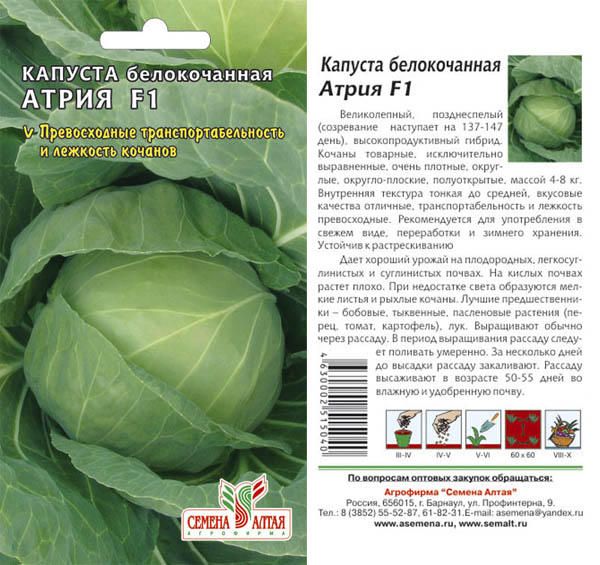
- the fruit of the work of Russian breeders, the growing season is 120-130 day after planting seedlings.
Round heads have a light green color with a grayish tint, the weight is up to 3-5 kg. When planting, the holes are arranged according to the scheme: 3-4 plants per 1 m2.
The advantage of the variety is palatability, the disadvantage is short storage (about 2 months). Slava is one of the best options for salting.
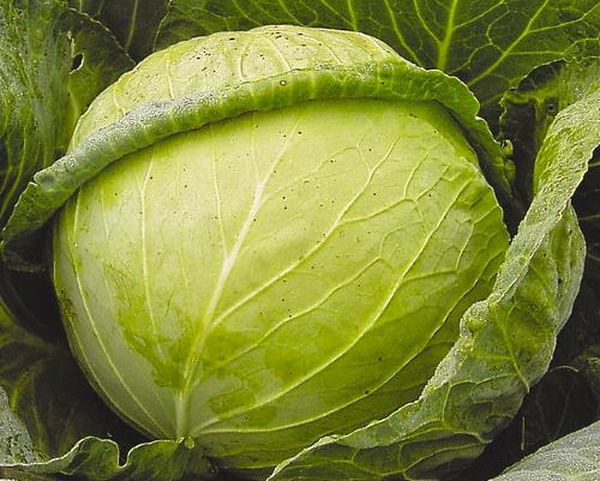
- the hybrid matures after planting seedlings through 120-140 days. Dense rounded heads have a slightly greenish tint, weight reaches 4 kg.
When planting, the following scheme is used: 3 plants per 1 m2. The variety is universal, used fresh and for pickling. The shelf life without loss of valuable qualities is 3-4 months.
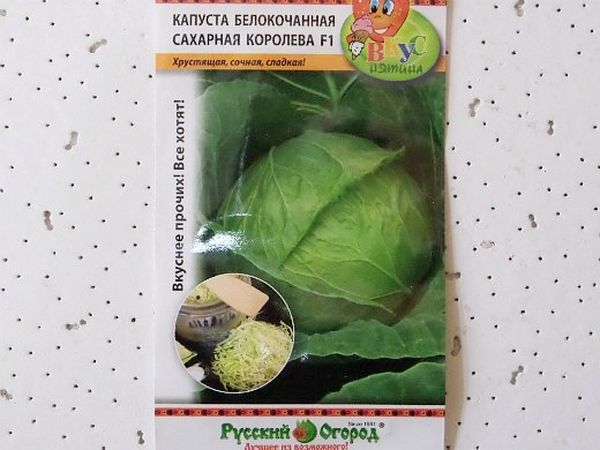
early ripe
- the term of maturation of the hybrid is 75-80 days after transplanting seedlings. Round heads weighing up to 7 kg have a green color and a dense structure. Hole layout: plant 3-5 plants per 1 m2. Differs in unpretentiousness to weather conditions.
Shelf life without loss of taste and presentation does not exceed 4 months.

- an early hybrid is characterized by precocity, you can harvest through 45-55 days after transplanting seedlings. The weight of a light green medium-sized head is 1.5 kg.
The scheme used when planting: 5-6 plants per 1 m2. Recommended for cultivation under any kind of film and in open ground. Cabbage resists pathogens of mucous bacteriosis and black leg.

- the variety is ready for planting in open ground already in early May, after 45-50 days you can harvest. The structure of the head is medium density, the weight reaches 1.4-1.7 kg. When grown on highly fertile soils, the weight of a head of cabbage reaches 5 kg.
The layout of the holes during planting: 3-5 plants per 1 m2. Cabbage is distinguished by the friendly emergence of shoots and excellent taste.

- Dutch hybrid, characterized by resistance to Fusarium wilt. The layout of the holes during planting: 2-3 plants per 1 m2. Rounded flat heads of dark green color reach a mass of up to 7 kg. Fruit ripening occurs after 85-90 days after transplanting seedlings.
It has a strong root system; if the irrigation regime is violated, the head of cabbage does not crack. For 5-6 months retains taste and commercial qualities.
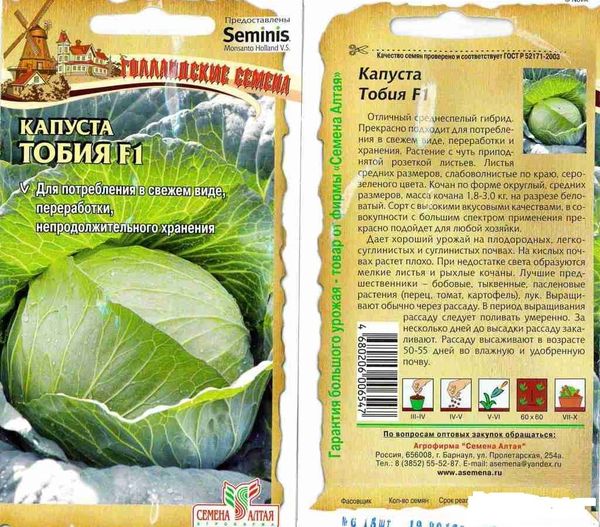
Varietal diversity will ensure productivity even under difficult weather conditions, because each plant has its own immunity to diseases and pests. The taste qualities of the varieties stimulate new experiments that are already ongoing in the kitchen.



